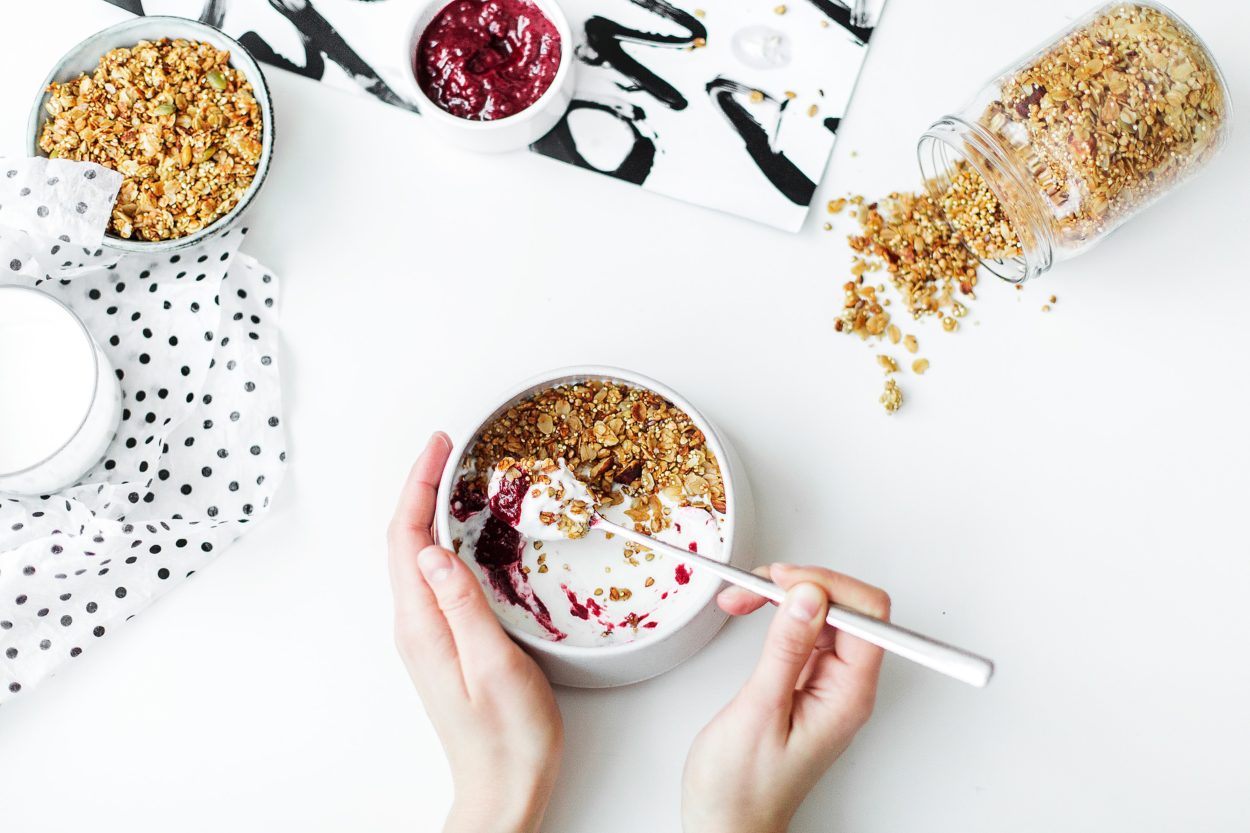SEARCH BLOG POSTS

How To Strengthen Your Bones
 Getting old is inevitable, but getting old and frail doesn’t have to be. When you think of extremely elderly people, you often think of the stereotype of a person with a cane or walker moving slowly, taking tiny steps in fear that they’ll break a bone. While osteoporosis is extremely prevalent and something to worry about as you age, you can strengthen your bones with exercise and healthy eating. Here in Boise, ID, many people find that adding strength training to their weekly workout schedule doesn’t add time, but it has extra benefits, such as strengthening bones and shedding weight.
Getting old is inevitable, but getting old and frail doesn’t have to be. When you think of extremely elderly people, you often think of the stereotype of a person with a cane or walker moving slowly, taking tiny steps in fear that they’ll break a bone. While osteoporosis is extremely prevalent and something to worry about as you age, you can strengthen your bones with exercise and healthy eating. Here in Boise, ID, many people find that adding strength training to their weekly workout schedule doesn’t add time, but it has extra benefits, such as strengthening bones and shedding weight.
The risk of osteoporosis increases as you age.
The older you get, the more your muscle tissue atrophies. That’s called sarcopenia. As you grow from childhood to somewhere in the 30s, you build muscle tissue. Once you hit a certain point in the thirties that process reverses and you start losing muscle tissue, unless you do something to stop that, like strength building exercise. When you have more muscle tissue, they tug on the bones, causing the body to send calcium to build the bones. As your muscle tissue dwindles, you start losing bone mass, since there’s less tugging on the bones. It doesn’t stimulate the body to build the bones, so normal bone loss increases, rather than increasing or remaining at normal rates.
Do strength building exercises to boost bone growth or reduce the risk of bone loss.
Not all exercises are equal for improving bone density. The amount of muscle exertion employed, the rate of muscle strain and the frequency of the strain is important. Strength building exercises like weightlifting puts a lot of muscle force on the bones, high impact exercises like plyometrics provides a high rate of muscle strain and running creates a repetitive movement for a long time, increasing frequency. One study showed that jumping 20 times a day with 30 seconds between jumps increased hip bone density after 16 weeks. Don’t forget balance exercises to help prevent falls.
The food you eat makes a difference too.
You need lots of green leafy vegetables to help you increase bone mass and a good source of protein. Protein helps increase calcium uptake, while the leafy vegetables provide calcium and other nutrients, including vitamin C that boosts the growth of bone growing cells. Don’t forget to either get adequate exposure to the sun or eat foods high in vitamin D. Studies show that people low in vitamin D are more prone to bone loss. Vitamin K found in liver, eggs, meat and fermented foods like sauerkraut, also helps boost the creation of bone cells.
- Worldwide, osteoporosis affects about one-tenth of the women when they reach 60, which jumps to one-fifth at 70 and two-fifths at 80. When women reach 90 approximately two-thirds of the female population has osteoporosis.
- Add bone broth or collagen supplements to your daily routine. There’s reason to believe that collagen can help strengthen bones and slow bone loss.
- Control your weight. Both people who are overweight or underweight are more prone to bone loss than those who are at their correct weight. Low body weight is actually worse than obesity in bone loss.
- Add foods that contain zinc and magnesium to your diet. They boost the conversion of vitamin D that helps the absorption of calcium.
